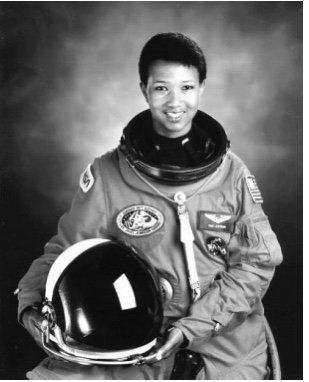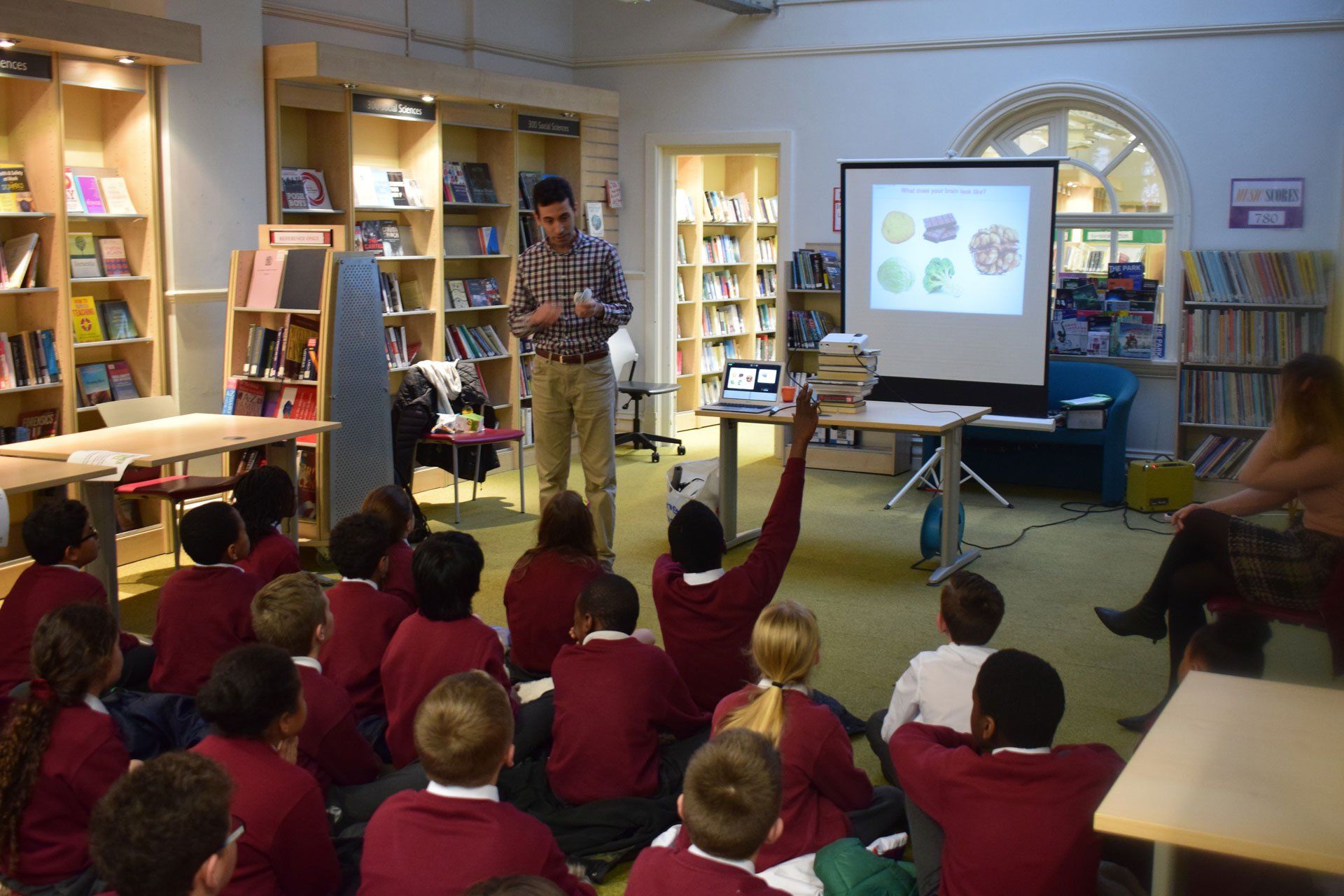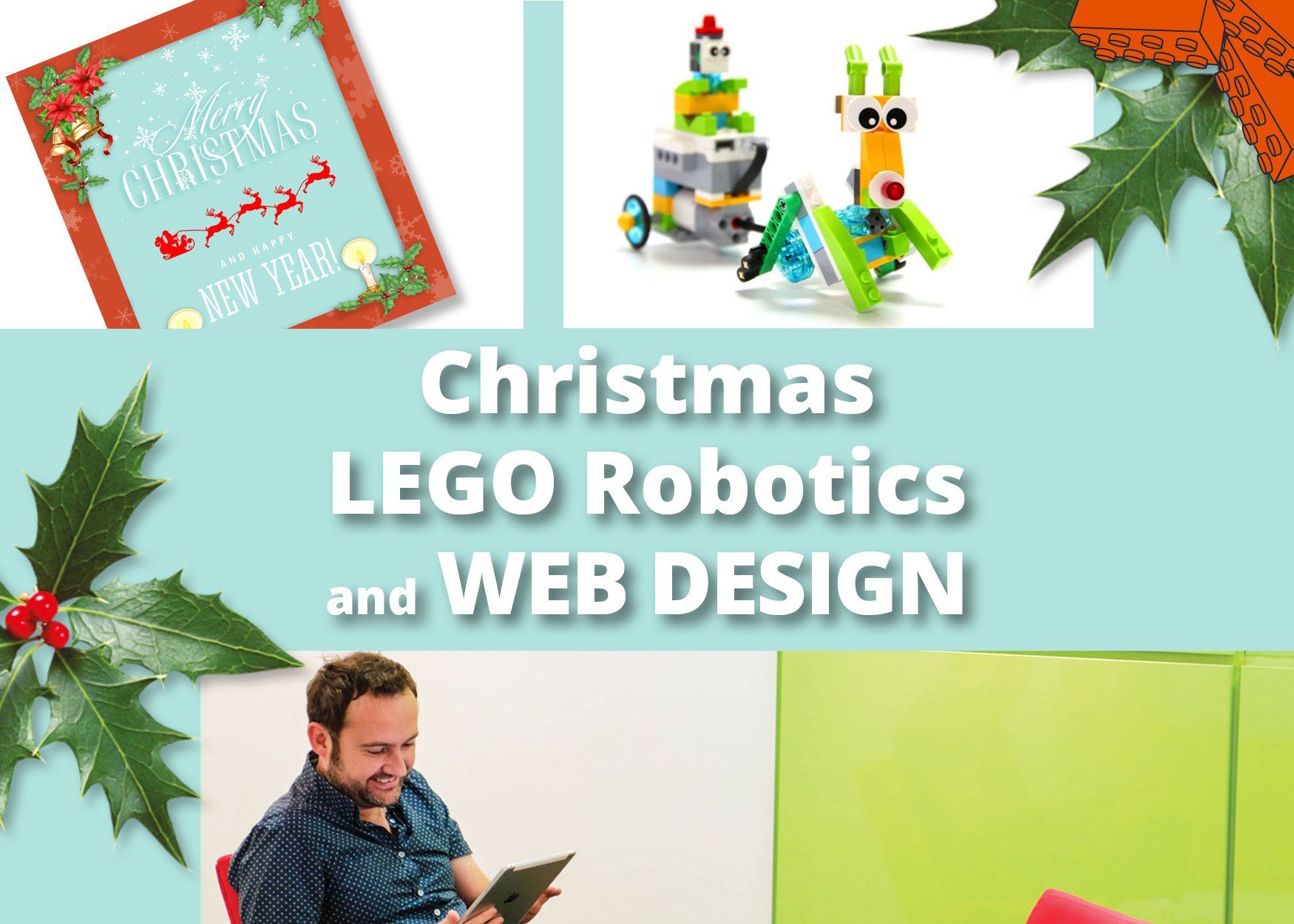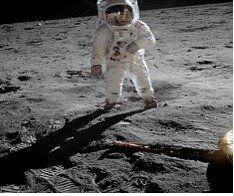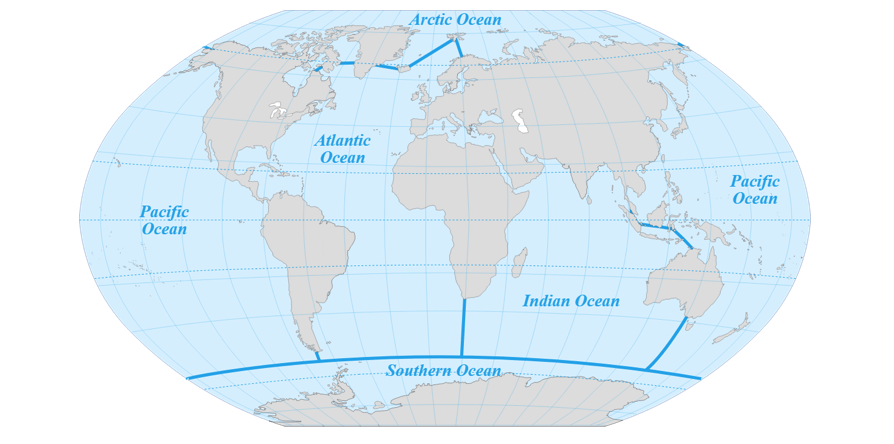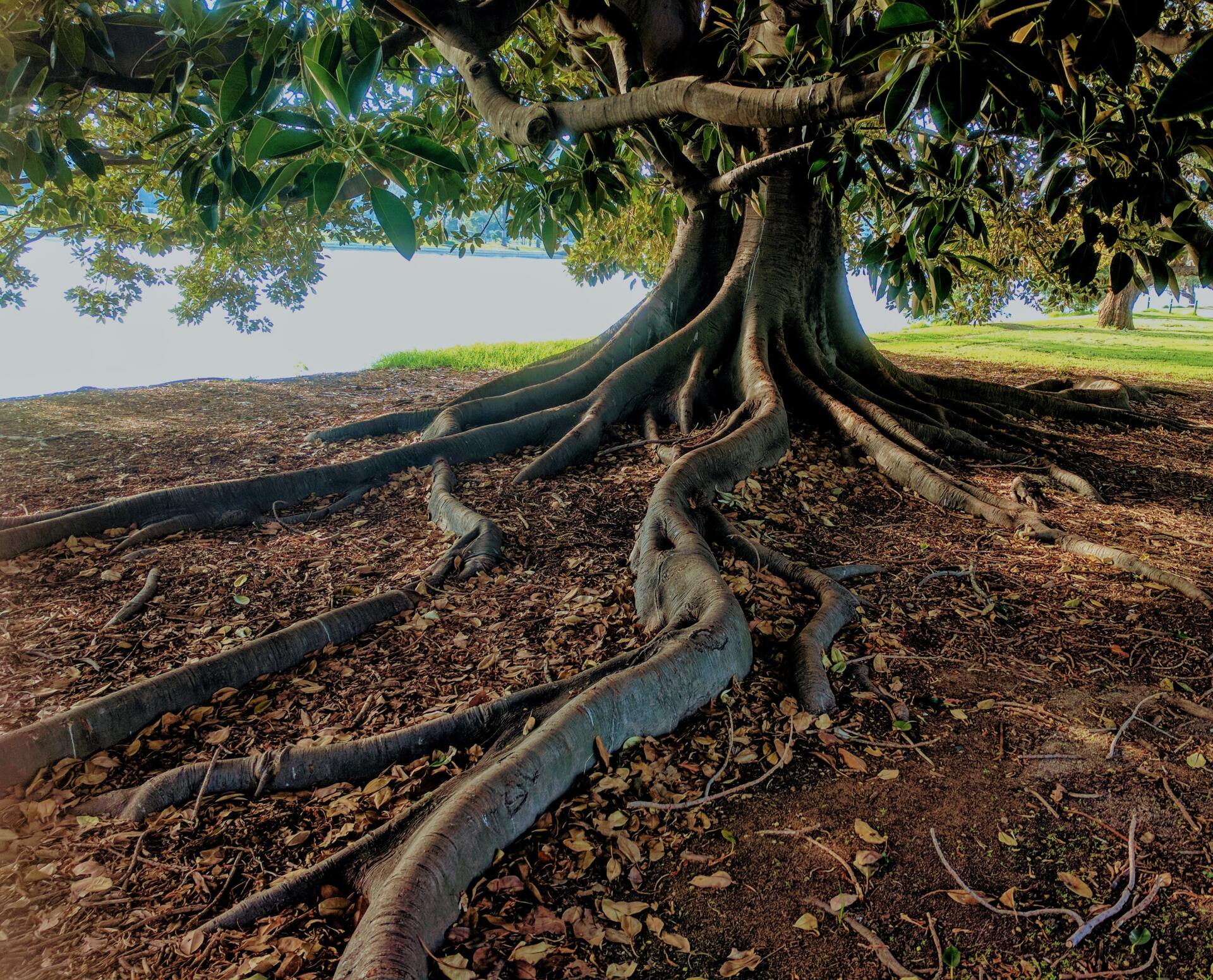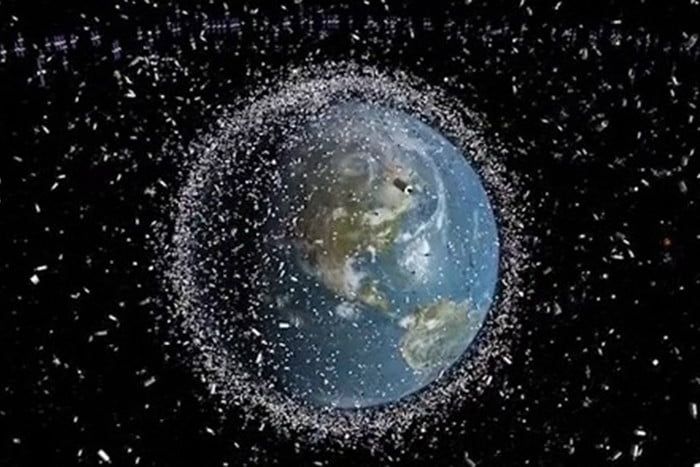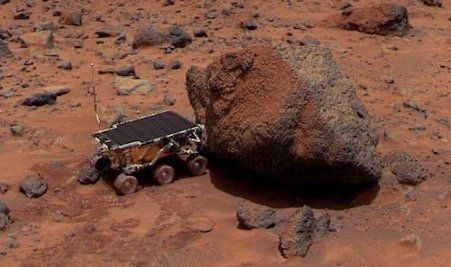Plants in Space
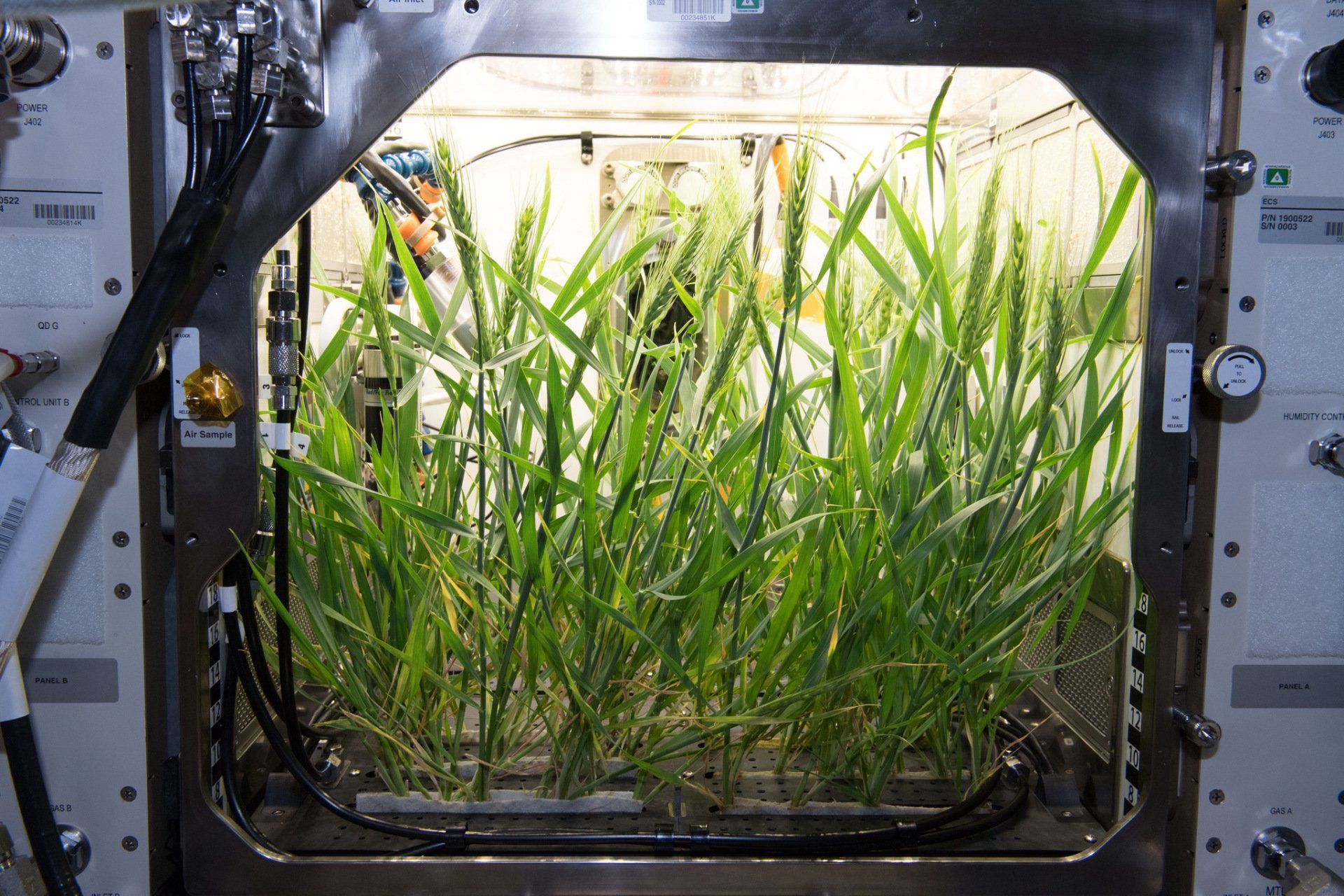
Plants in space? Sounds a bit silly doesn’t it, especially as everyone know that’s not where they grow! Plants as we know grow in soil on the earth, but some scientists are trying to find ways to get them to grow on the Moon. Some of the plants they want to grow are sunflowers, tulips, rice and more importantly vegetables. The astronauts need to grow vegetables to make sure they have all their daily nutrients.
The biggest problem with growing plants in a spaceship, is that there is no sunlight or gravity which means the scientist have to create a place for them to be able to thrive. One of the ways they can do this is with something called Veggie , which is a garden the size of a small suitcase that can hold six plants!
As there is no gravity, the astronauts use light to guide the growth of the plants. So far they have successfully grown lettuce, Chinese cabbage and zinnia flowers. Another way that they have managed to grow plants is by using an Advanced Plant Habitat (APH) which unlike Veggie is enclosed. This means it needs less care from the astronauts as it has everything it needs in its enclosure, like its very own little world.
The plants are planted in a porous clay soil called pillows. These are important as they allow the water and nutrients to spread evenly to all of the plants. Without the pillows, as there is no gravity to let it flow, the water would form into bubbles around the roots and drown the plants, as there is no gravity to let it flow.
Different plants grown better in different colour lights and as plants reflect a lot of green light but grow well in red and blue light, most of the chambers glow pink.
Fun space facts
·There is no wind on the Moon, so the astronaut footprints are still on there!
·The gravity from the Sun and the Moon controls the tides of the oceans.
·Jupiter, Saturn, Uranus and Neptune are made of gas so you wouldn’t be able to walk on them.
·One million Earths could fit inside the Sun
·When you are on Mars, the sunset looks blue!
·A single day on Venus is almost longer than a year on Earth.
·Except for Earth all the planets are named after Greek or Roman gods.
·If you lined up all the planets in our Solar system they would fit between the Moon and the Earth.
